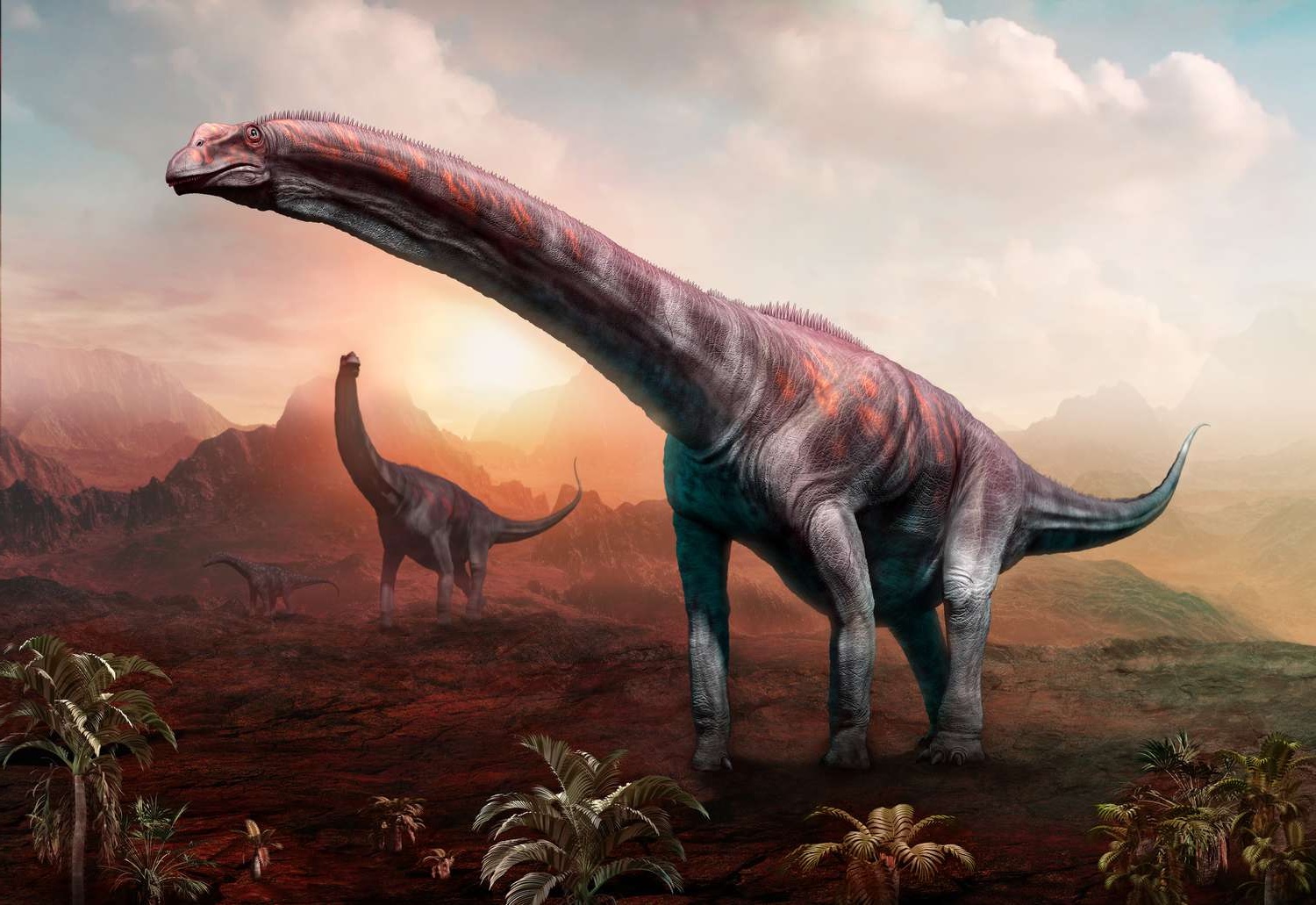
Ever wondered what the largest dinosaur to walk the Earth was? Meet the Argentinosaurus, a colossal herbivore that roamed South America during the Late Cretaceous period. This behemoth could reach lengths of up to 100 feet and weigh as much as 100 tons, making it one of the largest land animals ever. Imagine a creature so massive that its footsteps could shake the ground! But there's more to this giant than just its size. From its unique skeletal structure to its fascinating eating habits, the Argentinosaurus offers a glimpse into a world long gone. Ready to dive into some mind-blowing facts about this prehistoric titan? Let's get started!
Meet the Argentinosaurus
The Argentinosaurus is one of the most fascinating dinosaurs that ever roamed the Earth. This colossal creature has captured the imagination of paleontologists and dinosaur enthusiasts alike. Let's dive into some incredible facts about this giant.
-
The Argentinosaurus lived during the Late Cretaceous period, around 94-97 million years ago.
-
It was discovered in Argentina, which is how it got its name.
-
Argentinosaurus is one of the largest known land animals to have ever existed.
-
Estimates suggest it could reach lengths of up to 100 feet (30 meters).
-
This dinosaur could weigh as much as 100 tons, equivalent to about 14 African elephants.
Physical Characteristics
Argentinosaurus had some unique physical traits that set it apart from other dinosaurs. These features helped it survive in its environment and made it a true giant of its time.
-
It had a long neck, which allowed it to reach high vegetation for food.
-
Its tail was also incredibly long, providing balance and possibly defense.
-
The vertebrae of Argentinosaurus were massive, some measuring over 4 feet in height.
-
Its legs were thick and sturdy, supporting its enormous weight.
-
The bones were filled with air sacs, making them lighter and easier to support.
Diet and Feeding Habits
As a herbivore, Argentinosaurus had specific dietary needs that influenced its behavior and habitat. Understanding its diet helps us learn more about its daily life.
-
Argentinosaurus primarily fed on plants, including ferns, conifers, and flowering plants.
-
Its long neck allowed it to reach vegetation that other herbivores couldn't access.
-
It likely swallowed stones, known as gastroliths, to help grind up plant material in its stomach.
-
This dinosaur had peg-like teeth, suitable for stripping leaves from branches.
-
It needed to consume vast amounts of vegetation daily to sustain its massive size.
Discovery and Fossil Evidence
The discovery of Argentinosaurus has provided valuable insights into the world of dinosaurs. Fossil evidence helps scientists piece together the life and times of this giant.
-
The first fossils were discovered in 1987 by a rancher in Argentina.
-
Only partial remains have been found, including vertebrae and limb bones.
-
The fossils were initially mistaken for those of a different dinosaur species.
-
Argentinosaurus is classified as a titanosaur, a group of large sauropod dinosaurs.
-
Ongoing research continues to uncover more about this incredible creature.
Behavior and Social Structure
While much about Argentinosaurus remains a mystery, scientists have made educated guesses about its behavior and social structure based on available evidence.
-
Argentinosaurus likely traveled in herds for protection against predators.
-
It may have migrated long distances in search of food and water.
-
The dinosaur's size would have deterred many predators, but it still needed to be cautious.
-
Argentinosaurus probably had a slow growth rate, taking many years to reach full size.
The Legacy of Argentinosaurus
Argentinosaurus, one of the largest dinosaurs to ever roam Earth, continues to fascinate scientists and dinosaur enthusiasts alike. Its massive size, estimated to be up to 100 feet long and weighing around 100 tons, makes it a true giant of the prehistoric world. Despite its enormous size, Argentinosaurus was a herbivore, peacefully grazing on the lush vegetation of its time.
Fossils of this colossal creature have provided valuable insights into the lives of sauropods and the ecosystems they inhabited. The discovery of Argentinosaurus has also sparked debates about dinosaur physiology, growth rates, and behavior. Its sheer scale challenges our understanding of how such massive animals lived and thrived.
Argentinosaurus remains a symbol of the incredible diversity and wonder of the dinosaur era. Its legacy continues to inspire curiosity and awe, reminding us of the ancient giants that once walked our planet.
Was this page helpful?
Our commitment to delivering trustworthy and engaging content is at the heart of what we do. Each fact on our site is contributed by real users like you, bringing a wealth of diverse insights and information. To ensure the highest standards of accuracy and reliability, our dedicated editors meticulously review each submission. This process guarantees that the facts we share are not only fascinating but also credible. Trust in our commitment to quality and authenticity as you explore and learn with us.


